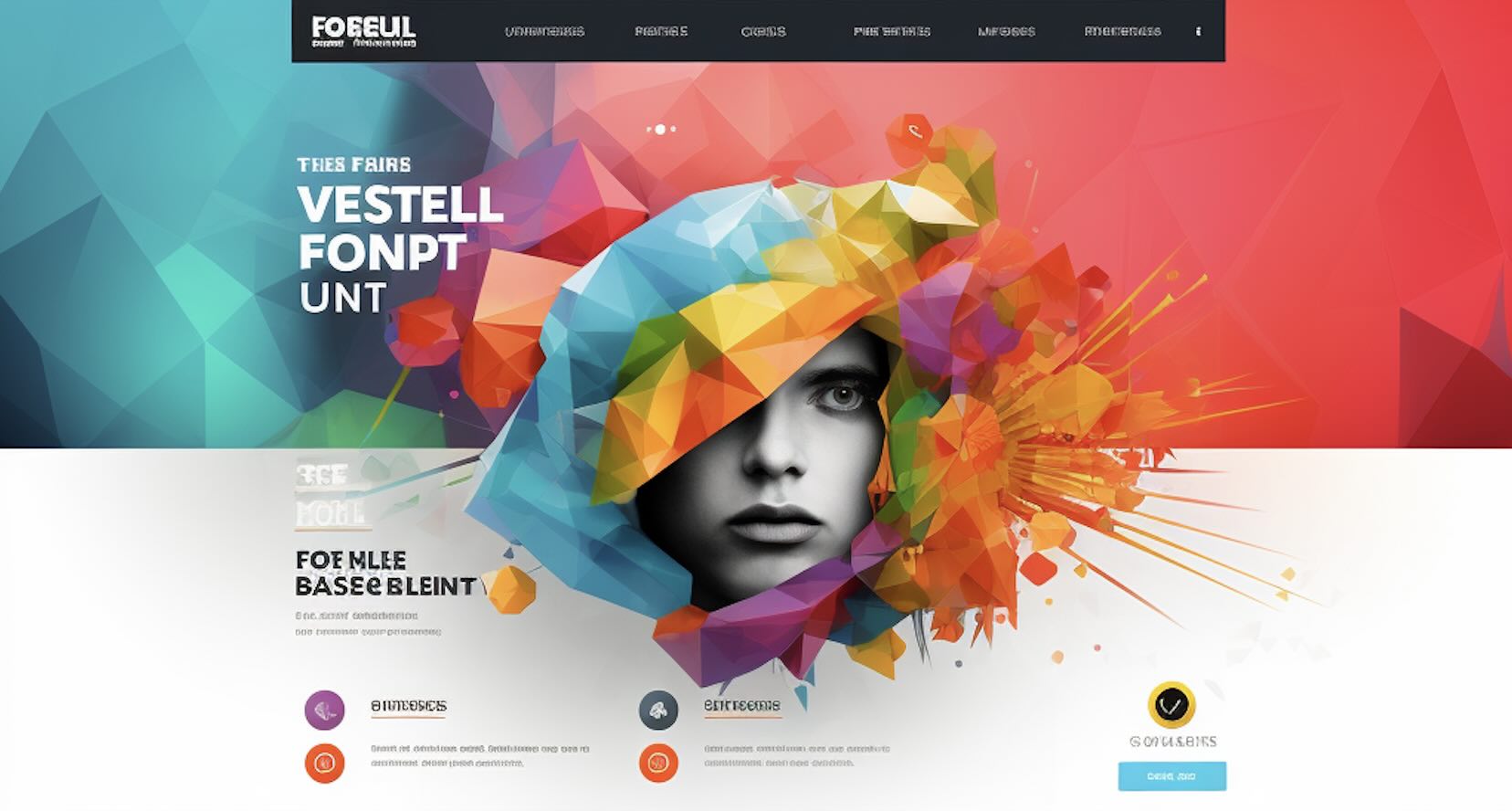In the ever-evolving world of web design, staying updated with the latest trends is a necessity. As we navigate through 2023, we've observed patterns and styles that have set award-winning designs apart. This article will explore these prominent design elements and trends, drawing examples from this year's standout web designs.
The Rise of Neomorphic Design
Neomorphism has emerged as a unique blend of skeuomorphism and flat design. This new design trend emphasizes subtle and soft UI elements that appear extruded from the background, giving a semi-realistic feel.
Features to notice:
- Soft shadows, gradients, and highlights.
- Minimalistic approach with a touch of depth.
- Elements that seem 'touchable' and interactive.
Why it stands out: Neomorphism reimagines the tactile experience in the digital realm, offering users an intuitive and immersive interface.
Dark Mode Dominance
With tech giants like Apple and Google emphasizing the importance of dark mode, it's no surprise that this design trend is resonating with users and designers alike.
Features to notice:
- Dark backgrounds paired with bright, contrasting elements.
- Increased emphasis on colors that pop against dark themes.
- Designs that prioritize eye comfort, especially in low-light environments.
Why it stands out: Dark mode isn't just aesthetically pleasing; it also provides a functional benefit by reducing eye strain.
Organic Shapes and Fluidity
Gone are the days of strictly geometric shapes. 2023 has seen an influx of organic shapes and fluid designs that exude a more natural and harmonious feel.
Features to notice:
- Curves, wavy lines, and irregular patterns.
- Dynamic animations that mimic natural movements.
- The blending of colors and textures for a seamless transition.
Why it stands out: Organic shapes make web interfaces feel more approachable and human-centric.
3D Elements and Augmented Reality
Technological advancements have allowed designers to incorporate sophisticated 3D graphics and augmented reality (AR) elements into their web designs.
Features to notice:
- Detailed 3D visuals that engage users.
- Interactive AR experiences embedded within web pages.
- Dynamic animations that bring the 3D designs to life.
Why it stands out: These elements offer a multi-dimensional experience, making websites more engaging and memorable.
Emphasis on Accessibility and Inclusivity
More than just a trend, ensuring web accessibility has become a moral and, in many places, a legal imperative.
Features to notice:
- Easily readable fonts and sufficient contrast ratios.
- Voice-command features and screen-reader friendly designs.
- Clear navigation and easily identifiable call-to-action buttons.
Why it stands out: An accessible web design ensures that all users, regardless of their abilities, can have a seamless online experience.
Micro-Interactions: The Devil's in the Details
Micro-interactions have been a design favorite, and 2023 has seen them being used more creatively and abundantly.
Features to notice:
- Subtle animations that respond to user actions.
- Feedback mechanisms, such as loading bars or hover effects.
- Small surprises that enhance the user experience without overwhelming.
Why it stands out: Micro-interactions make the user journey smooth and enjoyable, providing instant feedback and guiding users through actions.
Vintage Aesthetics with Modern Twists
Retro design elements have made a significant comeback, but with modern interpretations.
Features to notice:
- Vintage typography and muted color palettes.
- Grainy textures and old-school graphics.
- Modern layouts fused with retro elements for a nostalgic yet fresh look.
Why it stands out: The blend of old and new evokes nostalgia while still appealing to the contemporary audience.
Conclusion
As we reflect on the design trends of 2023, it's evident that the line between function and aesthetics, digital and physical, old and new, continues to blur. Web design, as a field, thrives on innovation. By keeping an eye on these award-winning trends, designers can not only stay ahead of the curve but also create interfaces that resonate with users on multiple levels.
By understanding and embracing these trends, designers can ensure that they are not only creating visually pleasing designs but also offering experiences that are user-centric, engaging, and memorable.

